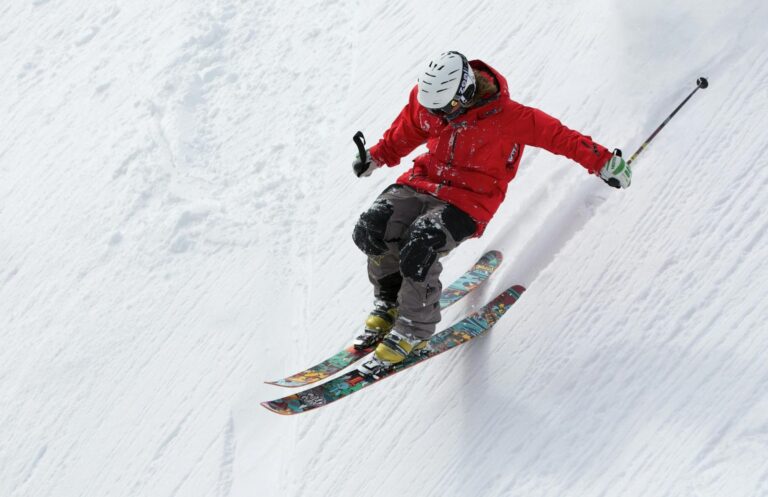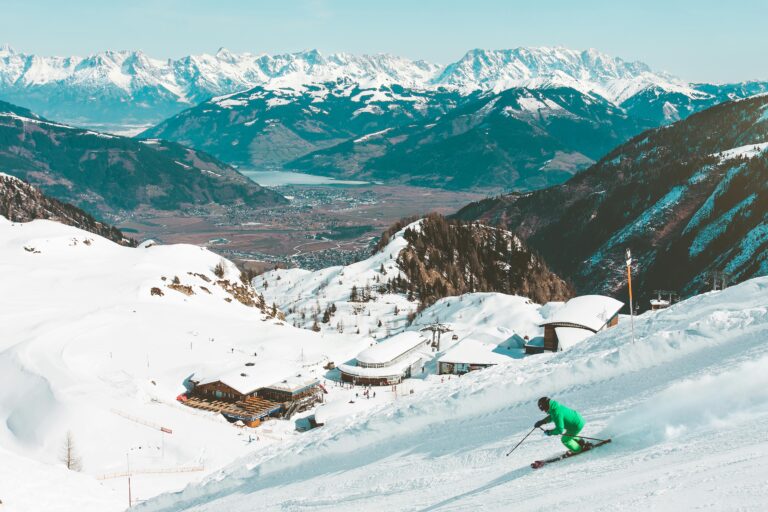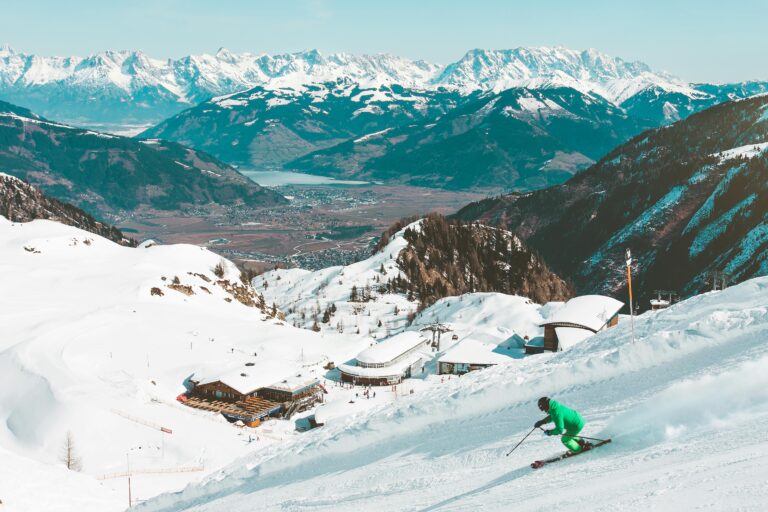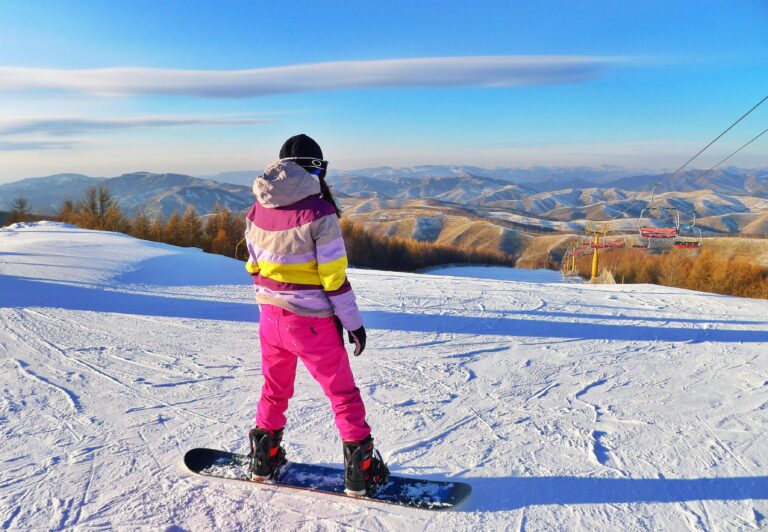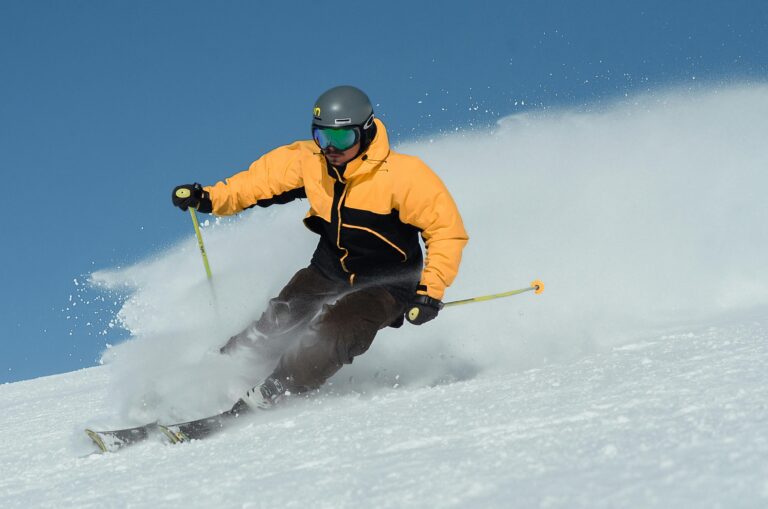Ever caught yourself daydreaming about swooshing down fresh, powdery slopes — then paused to wonder when ski season actually kicks off? You’re not alone! Most years, ski season starts around late November and winds down by early April. But fair warning: those dates can be all over the place, depending on where you’re headed, the altitude, and how much snow the mountain actually gets. If you want to time your trip just right, I’ve got you covered.
Ski season typically starts in late November and ends by early April, but these dates vary widely depending on the region, elevation, and specific snowfall conditions. Some resorts can extend their seasons into late April, making it essential to consult local forecasts and conditions before planning your trip.
Knowing when the snow will be just right can make all the difference, whether you’re a seasoned pro or bringing the whole family along. Ski resorts often lean on snowmakers and weather geeks to predict the best runs mid-season. Beginners usually want that sweet spot when conditions are forgiving. Parents planning a trip? You’ll want to juggle school breaks and budgets to get the most out of your ski getaway.
Different Approaches to Ski Season Timing
Ski resorts don’t all agree on when the season starts and ends. Take the U.S. West, for instance—places like Colorado and Utah usually roll out the red carpet by late November and call it a day around March’s end. The National Ski Areas Association offers ballpark dates, but honestly, I’d double-check with each resort before booking.
Now, if you’re thinking Northeast, brace yourself. The weather’s mood swings can make planning trickier. Snow may show up late, or the season might wrap early, so it pays to keep an eye on your chosen resort’s updates.
Skiing at High Elevations
Some resorts sit so high up that Mother Nature usually takes care of the snow blanket, letting these spots stretch out their seasons longer. Aspen and Vail are classic examples where altitude means better coverage for more weeks. Then there’s the snowmaking magic — think of it as high-tech snowfall. Resorts like Park City use this to kick off their season early, even if the clouds don’t cooperate.

Seasonal Summary Across Regions
Here’s a quick cheat sheet on when you can expect ski seasons around the globe:
| Region | Typical Start Date | Typical End Date |
|---|---|---|
| North America | Late November | Early April |
| Europe | Early December | Late April |
| Japan | Mid-December | Early April |
| Southern Hemisphere | Late June | Early September |
This lets you figure out roughly when to pack your gear, whether you’re staying local or chasing fresh powder overseas. Don’t forget to peek at local ski reports—sites like Powderhounds are great for spotting the best slopes that fit your skill level during any given week.
Watching the Weather
As the seasons change, keep an eye on the forecast. Some resorts might hold off on opening if there’s not enough snow (nobody wants mud skiing!). And honestly, winters have been warming up in recent years, throwing ski plans for a loop.
Climate shifts mean snow patterns have been less predictable, which impacts how long resorts keep the lifts running. If you’re new to skiing, this can actually work in your favor — more days with gentle conditions to learn on and fewer pressure-packed powder days.
The best advice? Check daily mountain reports and resort news before you go. It’s the simplest way to avoid surprises and make the most of your trip.
Embrace the Adventure
Skiing isn’t just a sport — it’s an experience that sticks with you. When you plan around prime conditions, it’s way more fun and way less frustrating. Knowing the season’s rhythm helps turn your winter days into memories, not missed opportunities.
Looking to sharpen your skills? Here are a couple of videos packed with tips from the pros:
Want more insider advice? Check this one out:
Now you know when ski season usually hits. Time to grab your gear and chase that perfect powder!

